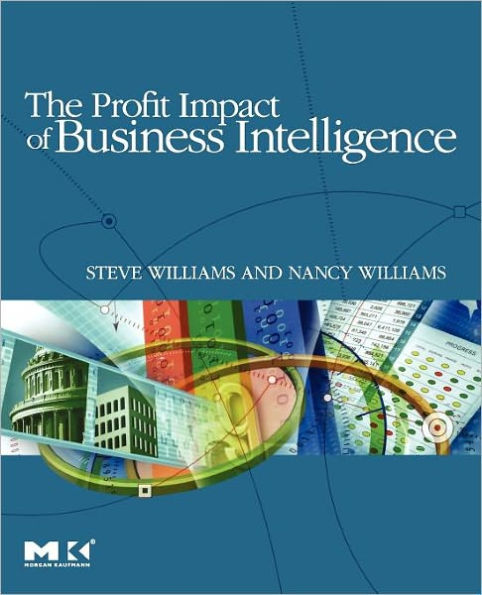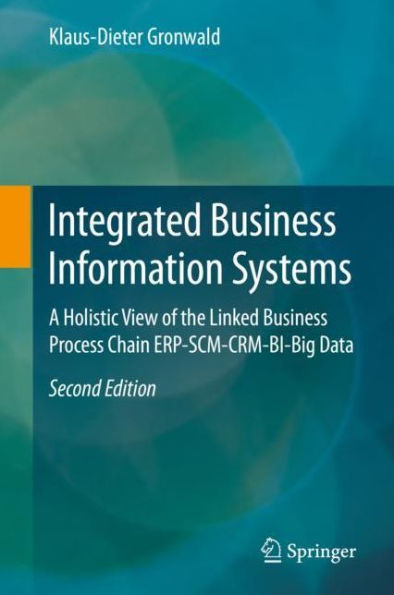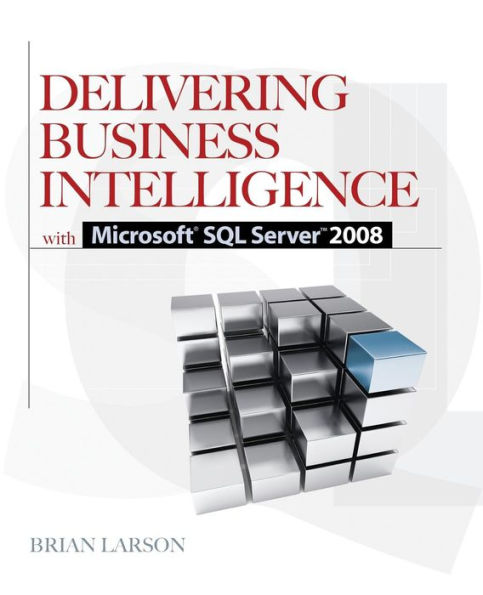Home
Perspectives on Business Intelligence
Loading Inventory...
Barnes and Noble
Perspectives on Business Intelligence
Current price: $37.99


Barnes and Noble
Perspectives on Business Intelligence
Current price: $37.99
Loading Inventory...
Size: OS
*Product Information may vary - to confirm product availability, pricing, and additional information please contact Barnes and Noble
In the 1980s, traditional Business Intelligence (BI) systems focused on the delivery of reports that describe the state of business activities in the past, such as for questions like "How did our sales perform during the last quarter?" A decade later, there was a shift to more interactive content that presented how the business was performing at the present time, answering questions like "How are we doing right now?" Today the focus of BI users are looking into the future. "Given what I did before and how I am currently doing this quarter, how will I do next quarter?" Furthermore, fuelled by the demands of Big Data, BI systems are going through a time of incredible change. Predictive analytics, high volume data, unstructured data, social data, mobile, consumable analytics, and data visualization are all examples of demands and capabilities that have become critical within just the past few years, and are growing at an unprecedented pace. This book introduces research problems and solutions on various aspects central to next-generation BI systems. It begins with a chapter on an industry perspective on how BI has evolved, and discusses how game-changing trends have drastically reshaped the landscape of BI. One of the game changers is the shift toward the consumerization of BI tools. As a result, for BI tools to be successfully used by business users (rather than IT departments), the tools need a business model, rather than a data model. One chapter of the book surveys four different types of business modeling. However, even with the existence of a business model for users to express queries, the data that can meet the needs are still captured within a data model. The next chapter on vivification addresses the problem of closing the gap, which is often significant, between the business and the data models. Moreover, Big Data forces BI systems to integrate and consolidate multiple, and often wildly different, data sources. One chapter gives an overview of several integration architectures for dealing with the challenges that need to be overcome. While the book so far focuses on the usual structured relational data, the remaining chapters turn to unstructured data, an ever-increasing and important component of Big Data. One chapter on information extraction describes methods for dealing with the extraction of relations from free text and the web. Finally, BI users need tools to visualize and interpret new and complex types of information in a way that is compelling, intuitive, but accurate. The last chapter gives an overview of information visualization for decision support and text.


















